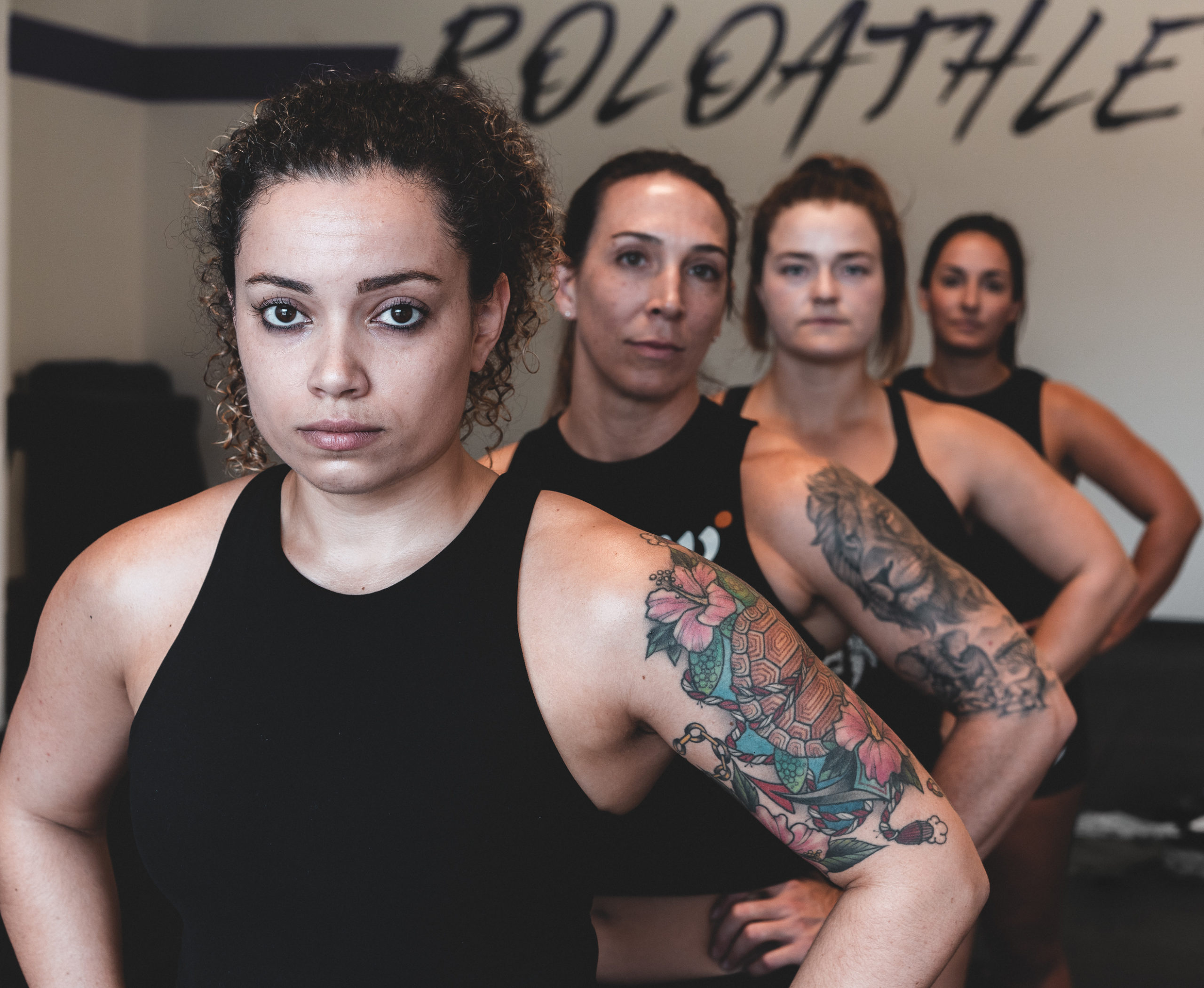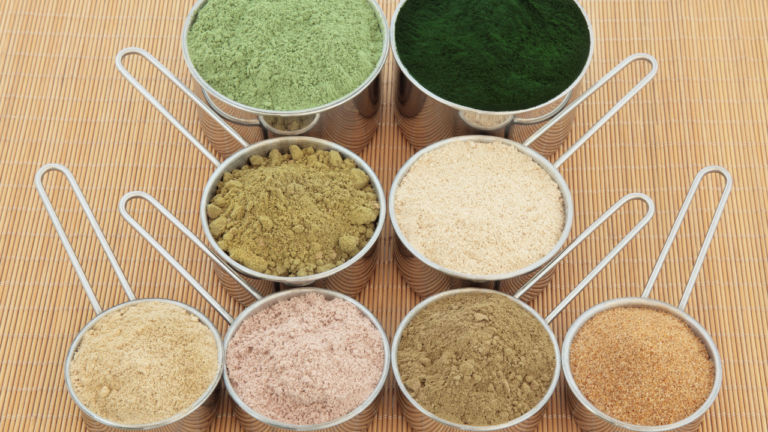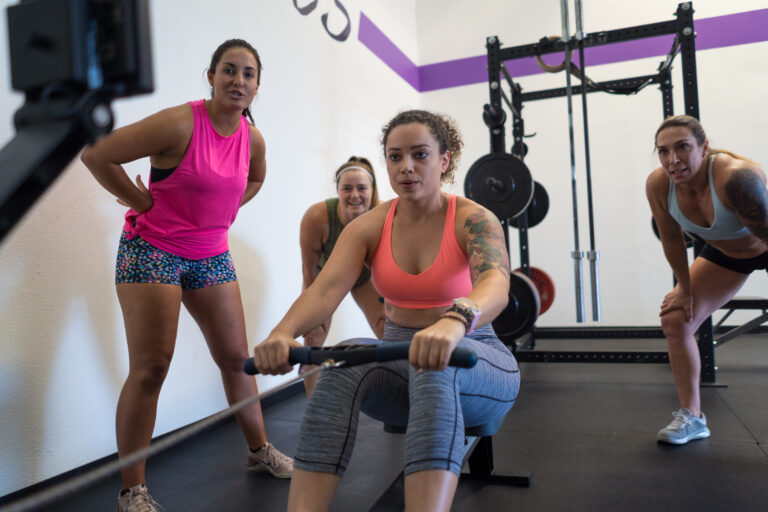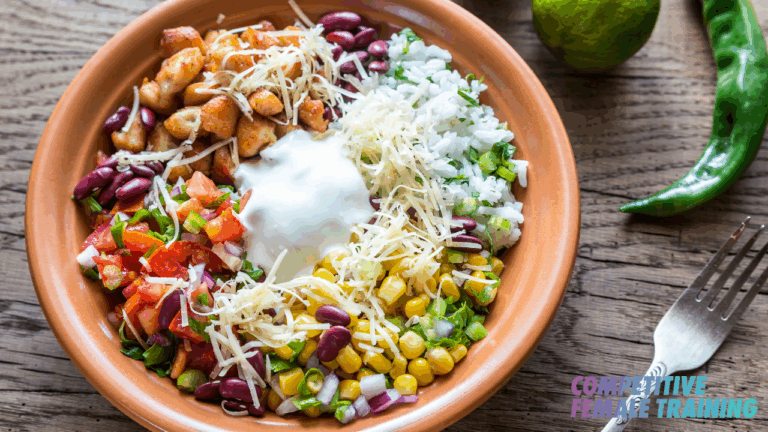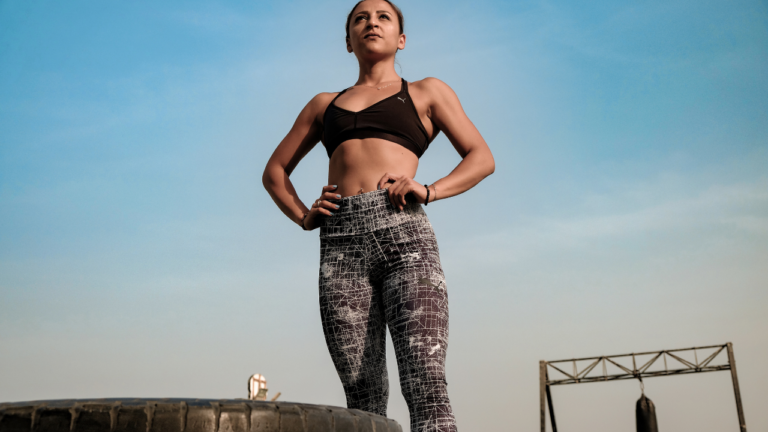Healthy Eating Habits as a Competitive Female Athlete
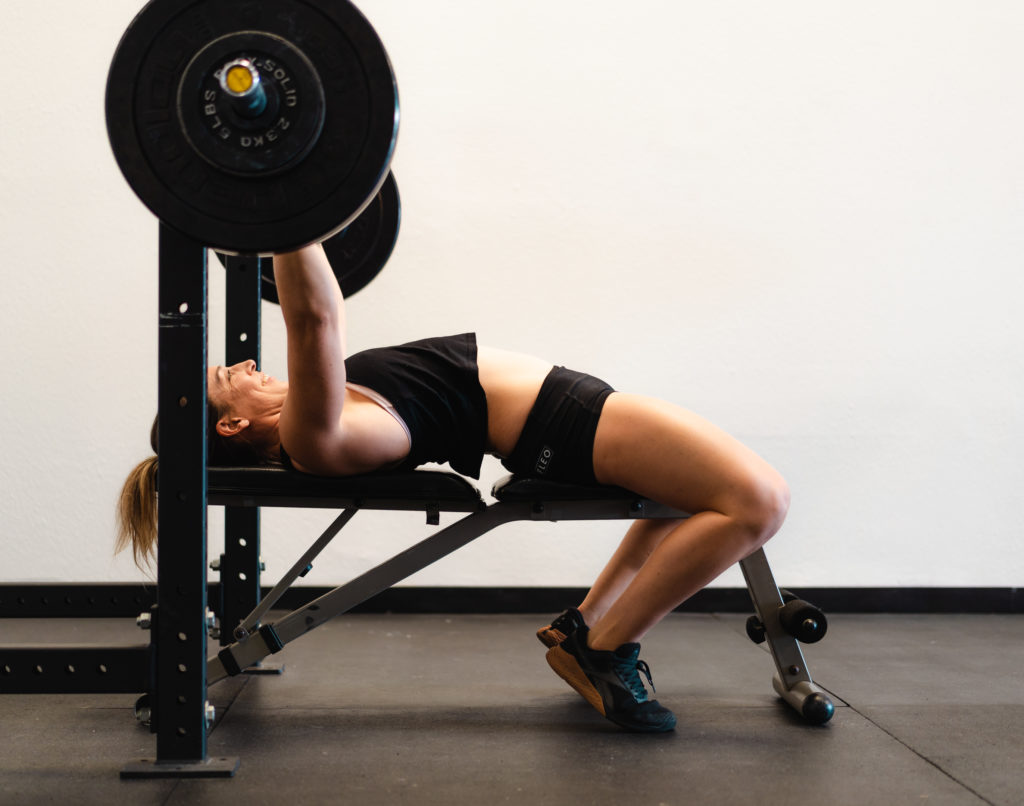
Do you eat enough? Do you get enough of the nutrients you need to fuel your sport? Do you meet your macros?
Do you worry about your weight? Do you worry about your body fat percentage?
These are all things we think about a lot perhaps as general exercisers, but they become even bigger questions in our lives as we evolve in our fitness and become competitive.
So, let’s talk about this.
Do you believe you have a “healthy diet” currently?
And what in fact IS a healthy diet? If you’re someone who chooses to eliminate foods, such as being Vegan or Keto, are these healthy diets? Some would argue absolutely, while others might argue that eliminating food groups puts you at risk for nutrient deficiencies.
Personally, I define a healthy diet as balanced, with lots of fruits and veggies, a reasonable amount of fat, with a third to half of that diet coming from clean carbohydrate sources based on energy needs. I also consider “balanced” to include meat, eggs, and fish, with those products coming from the cleanest sources possible (grass fed, organic).
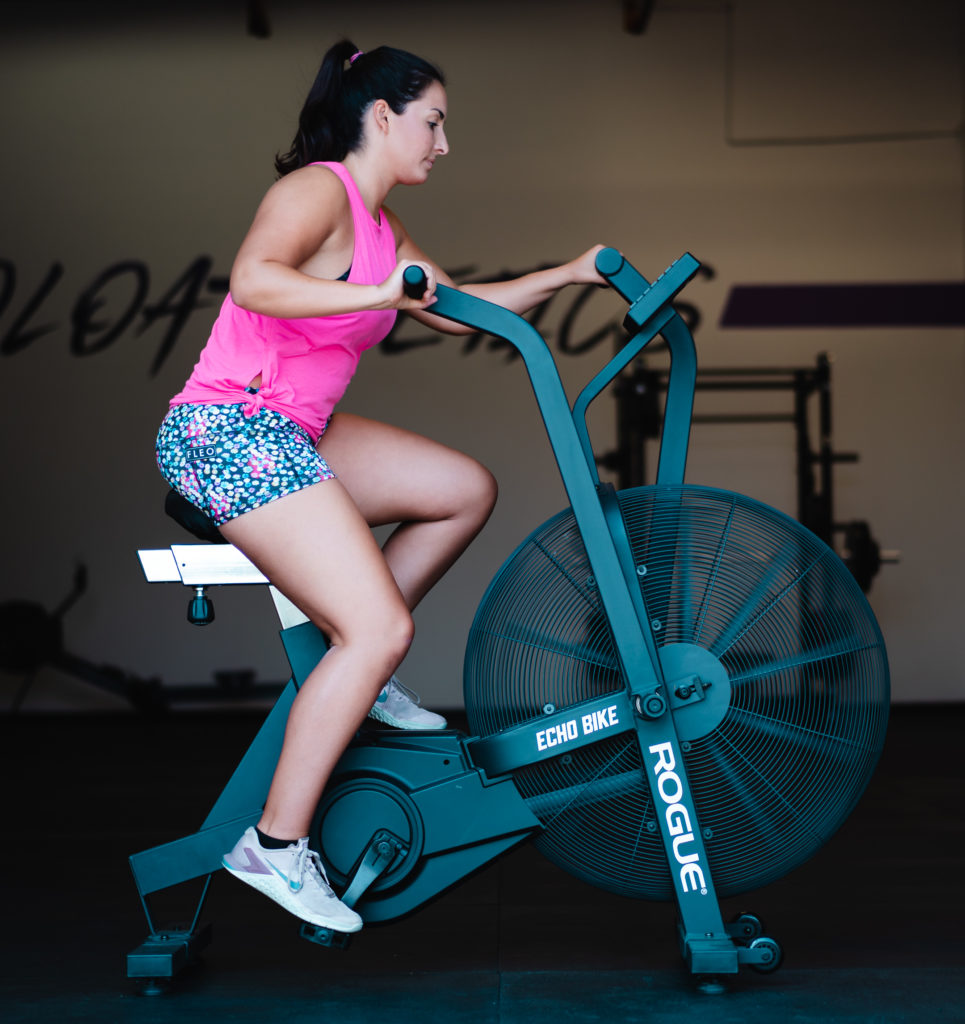
Now every person is unique, and every person will find they have a system of eating that aligns with who they are- based on things like genetics, belief systems, age and gender. You may find that eating a high carb diet disrupts your digestive tract, or that eating a lot of animal protein makes you feel exceptionally full. These are things that you navigate as you build your foundation.
Okay, so let’s say you’re eating a healthy diet now, defined either by what I’ve created above or by the internet definitions.
Are you eating enough?
I often find that when I take on female clients, they have spent so many years in the diet mentality that they are chronic under eaters. The consequences of this can be things like a disrupted menstrual cycle (missing cycles, inconsistent, heavy, painful, extreme PMS), struggling to build muscle or see improvements in training, consistently feeling tired and irritable, and difficulties sleeping.
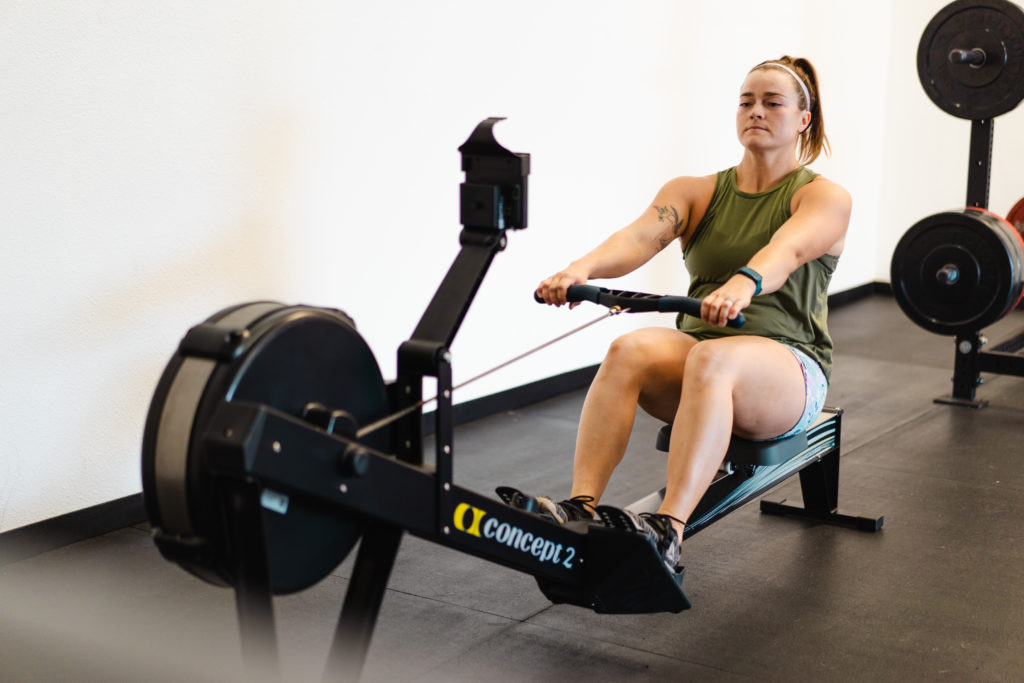
Most of my competitive athletes end up consuming between 2400 and 3000 calories based on activity level, age, and lean muscle mass. If I have someone who has been undereating for a while, I will start them out slowly increasing their calorie intake. We might start at 2100 calories and build from there. Track where you are now, and head HERE to get an idea of what you should be eating (choose “athletic performance”).
Determining macros is straight forward once you know how much overall you should be eating.
Generally speaking, you should be getting 1 gram of protein per pound of body weight, between 60 and 80 grams of fat, and the rest as carbs.
If you’re someone with a sensitive digestive tract who feels bloated with a higher carb intake, be mindful of how much fiber you’re consuming in a day. If most of your carbs come from low glycemic index sources (brown rice, starchy vegetables, oatmeal, sweet potatoes, yams) you will find you’re constantly digesting food.
You’re now eating for athletic performance as a female Crossfitter, which means you need to be choosing foods that align with your why. You want a balance of high glycemic (carbs that are readily available for training) and low glycemic (carbs that digest slowly).
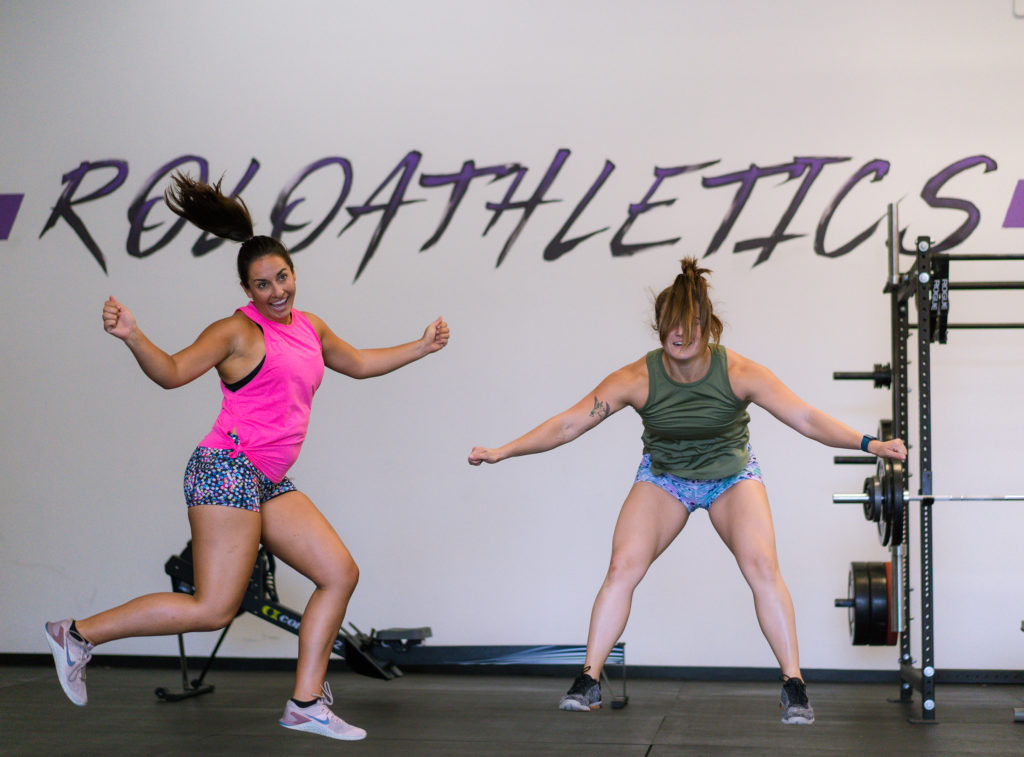
Things like bananas, white rice, and carb supplements for pre, during, and post training, then whole foods for the rest of your meals. This should help with not feeling full all the time.
I want you managing fat intake because we get most of our fuel from carbs and excessive fat intake is very easily stored as body fat. And a gram of protein per pound of body weight is what research suggests is the effective range for athletes to recover and to continue to build lean muscle.
Alright- we’ve set your macros and you are eating enough. Let’s talk body weight and body fat percentage.
First and foremost- you don’t get to diet anymore. We may have you go on a “cut” from time to time based on where you are in training cycles and how much body fat you have on you- but we don’t diet.
We eat for our fitness. We train hard and fuel our bodies, and by doing this our bodies build lean muscle mass and use fat as fuel when we do longer metcons or in between meals.
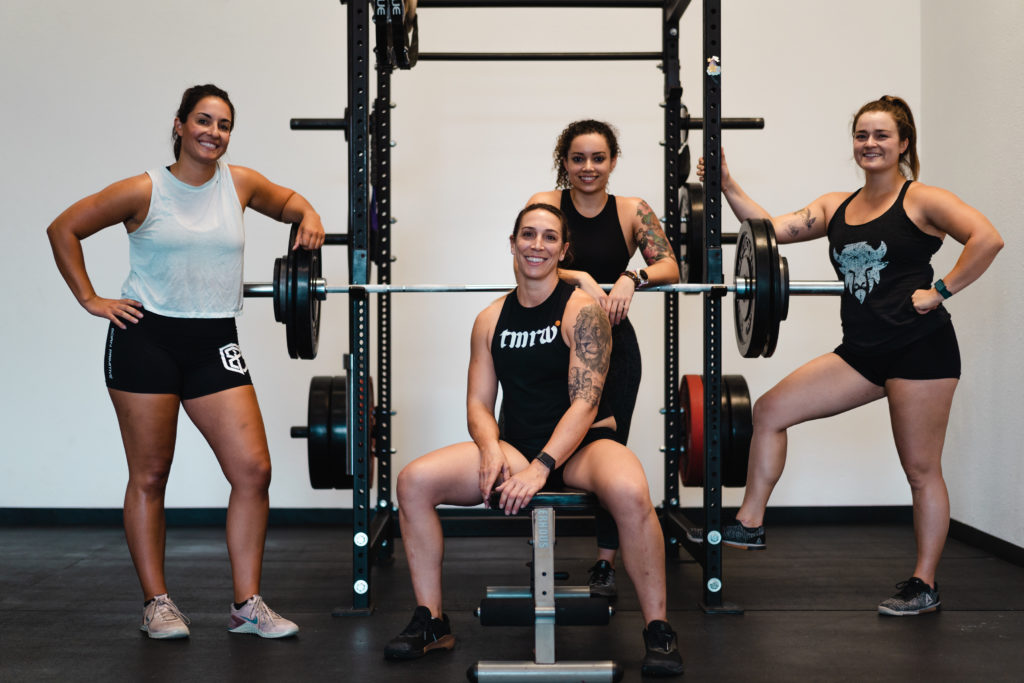
If you’re becoming a competitive athlete and have a fair bit of body fat to lose, we look at your eating habits and get them dialed in. This “dialing in” process generally creates enough of a natural caloric deficit that over time you lean out. Picture this: we change the nightly glass of wine with bag of chips habit into a mobility session and chicken with veggies habit, and we’ve now created a 400 calorie deficit while giving your body what it needs to recover hard and crush the next day’s training.
Eating balanced, eating enough, and being mindful of quality of food sets yourself up to have a healthy menstrual cycle, have energy for training and life, and have enough of the right things to recover well.
This in turn allows you to get the full benefits from training and be the best athlete you can be!
Questions? Comments? Let me know! Need help with your nutrition? Hit us up!
Are you following the programming yet!!?? Use code NEWMEMBER to sign up and get 50% off your first month! Head HERE.
